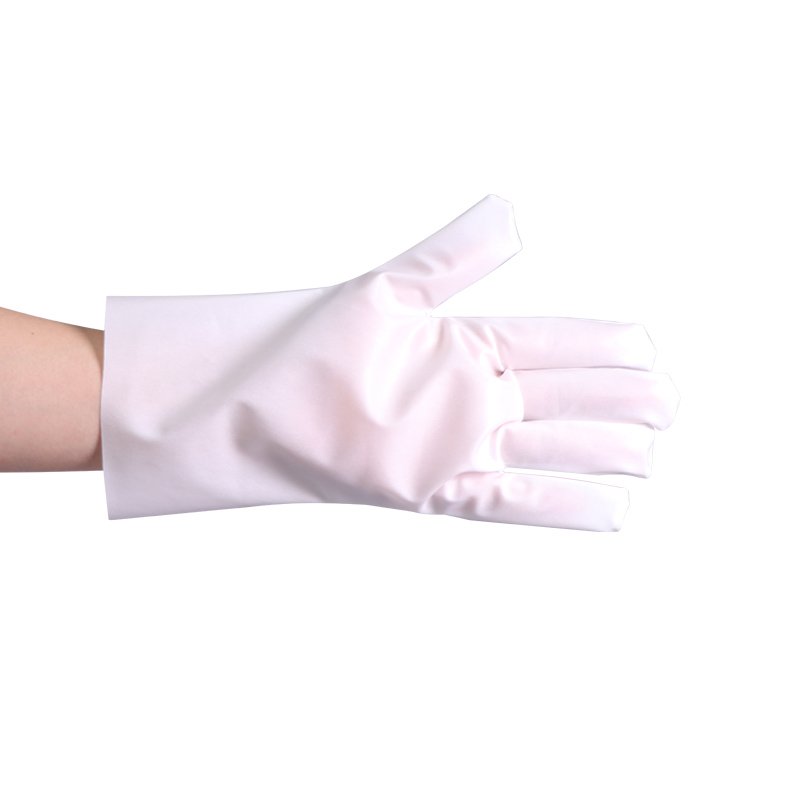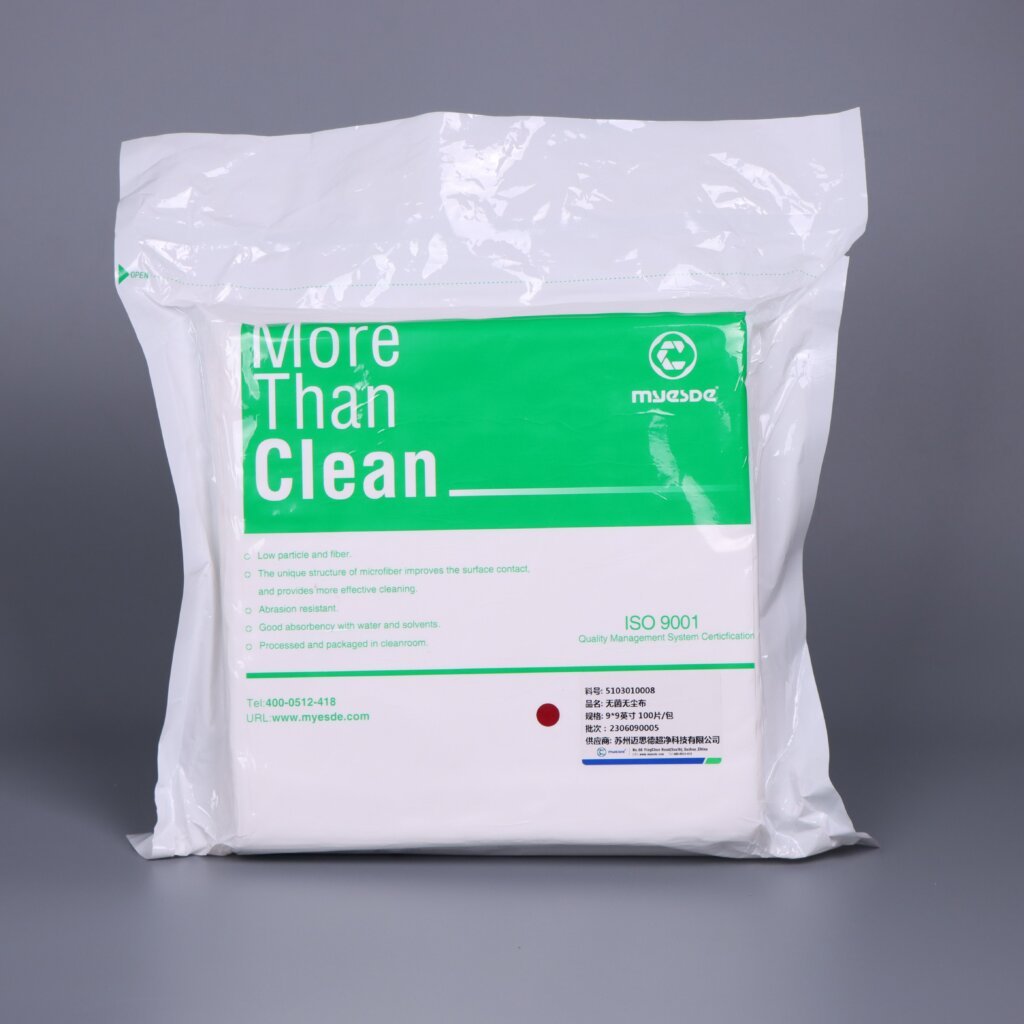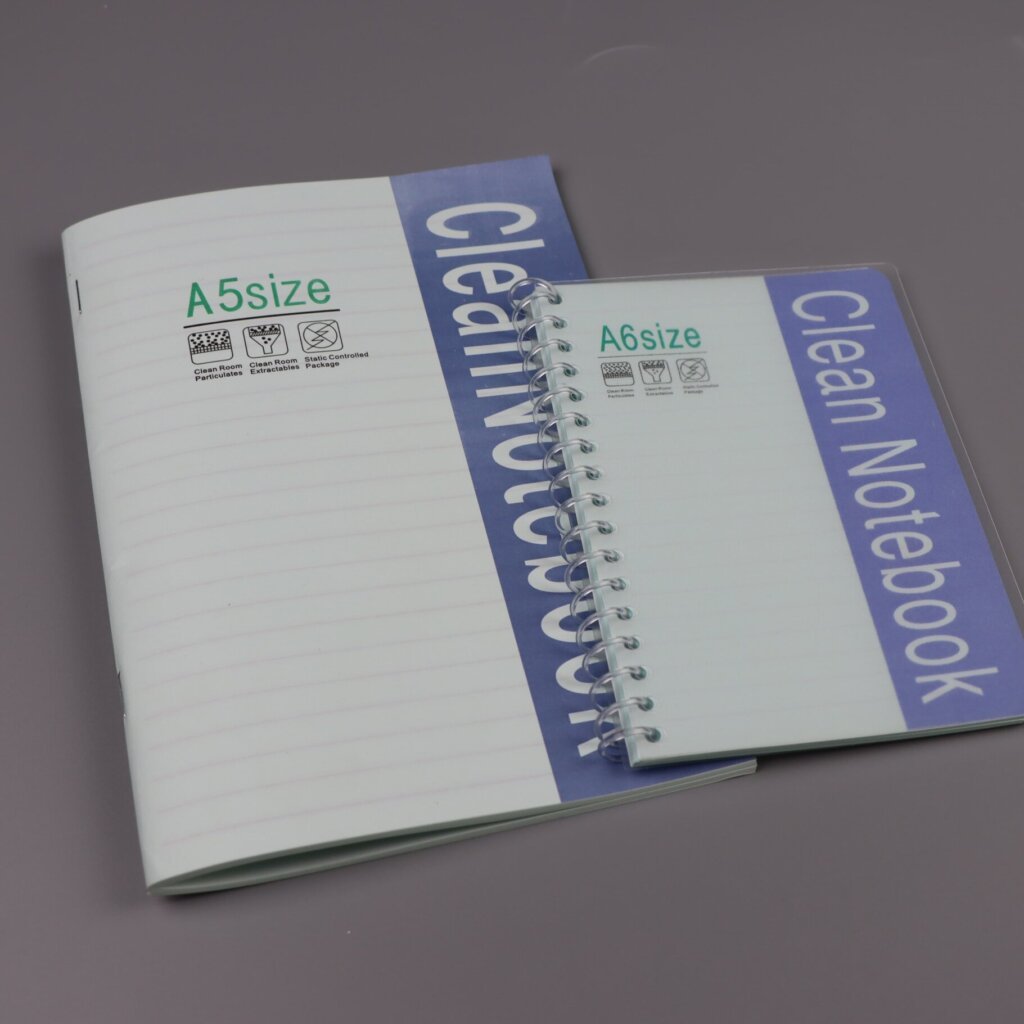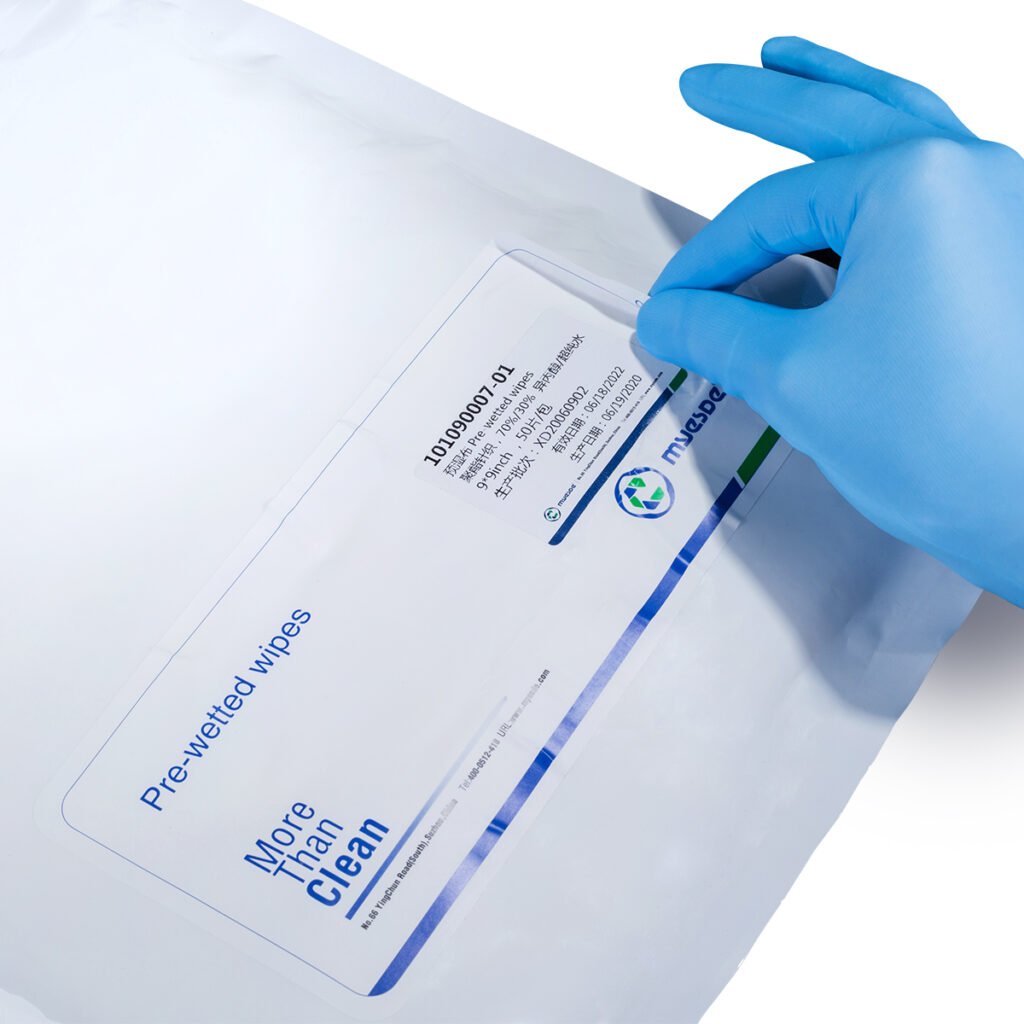Cleanrooms are no longer static, isolated environments. They are evolving rapidly in response to industry demands for higher efficiency, regulatory compliance, and sustainability. By 2025, cleanroom facilities will look and operate very differently from the traditional designs that dominated the past two decades.
In this article, we explore six trends shaping the future of cleanroom technology, supported by industry data, ISO standards, and real-world applications.
What Is a Cleanroom and Why Redesign Matters
A cleanroom is a controlled space where airborne particle concentration is kept within defined limits, as per ISO 14644-1. For instance, ISO Class 5 allows a maximum of 3,520 particles ≥0.5 μm per cubic meter, while ISO Class 8 permits 3,520,000 particles.
Maintaining such conditions requires significant resources—primarily for air filtration, HVAC systems, and surface control. As energy costs rise and regulations tighten, cleanrooms must evolve to remain compliant and cost-efficient.
Trend 1: Modular and Prefabricated Cleanroom Systems
Definition
A modular cleanroom is a prefabricated system built from standardized panels and components, manufactured in controlled environments, and installed on-site for rapid deployment.
Why It’s Transformative
Conventional stick-built cleanrooms can take 8–12 months to construct and require significant downtime for expansions or upgrades. Modular systems reduce this timeframe dramatically.
Modular vs. Traditional Construction
| Feature | Traditional Build | Modular Cleanroom |
|---|---|---|
| Construction Time | 8–12 months | 3–6 months |
| Cost Predictability | Low | High |
| Expansion Flexibility | Limited | High |
| ISO Compliance Risk | Higher (onsite variables) | Lower (factory-controlled) |
Industry Application: A pharmaceutical facility in Singapore reduced its cleanroom commissioning time by 35% using modular systems, enabling faster GMP qualification and product launch.
Trend 2: Sustainability and Energy Efficiency
The Energy Challenge
Cleanrooms consume 30–50 times more energy per square meter than typical office spaces, primarily due to air changes per hour (ACH) requirements.
Typical ACH Values
-
ISO Class 5: 240–360 air changes/hour
-
ISO Class 8: 20–30 air changes/hour
Sustainability Solutions
-
Smart HVAC Systems: Variable speed drives and AI-based airflow reduce energy by 30–45%.
-
Energy Recovery: Heat exchange systems lower utility bills by up to 20%.
-
LEED & ISO 14001 Compliance: Growing adoption of green building certifications.
Energy Efficiency Comparison
| Feature | Standard HVAC | Smart HVAC + AI |
|---|---|---|
| Energy Use | 100% baseline | 55–70% of baseline |
| CO₂ Emissions | High | Reduced by 40% |
| Compliance Benefit | None | LEED, ISO 14001 |
Why It Matters: Reducing energy not only lowers operational costs but also aligns with global ESG mandates, which are increasingly tied to supplier selection in pharma and electronics sectors.
Trend 3: Automation, Robotics, and Smart Monitoring
Reducing Human Contamination Risk
Human operators account for 70–80% of cleanroom contamination incidents. Automation mitigates this risk through:
-
Robotic Arms & AGVs: For material transfer and surface cleaning.
-
AI-Powered Sensors: Continuous monitoring of temperature, humidity, and airborne particles.
-
Digital Twins: Virtual models that simulate conditions, predict maintenance, and validate compliance remotely.
Impact Data
-
Contamination events reduced by 40% in cleanrooms using automated material handling.
-
Downtime reduced by 25% through predictive maintenance using digital twin simulations.
Trend 4: Advanced Materials and Surface Technology
Key Innovations
-
Seamless, Non-Porous Panels: Minimize microbial harborage and particle shedding.
-
Antimicrobial Coatings: Provide additional bioburden control between cleaning cycles.
-
Next-Gen HEPA & ULPA Filters: Enable ISO Class 4 environments with improved airflow efficiency.
Material Performance Table
| Material Type | Particle Shedding | Cleaning Ease | Cost |
|---|---|---|---|
| Standard Epoxy Panels | Moderate | Moderate | $ |
| Composite Non-Porous | Very Low | Easy | $$ |
| Antimicrobial Panels | Very Low + Biocidal | Easy | $$$ |
Industry Example: Advanced optical facilities are adopting antimicrobial composite panels to maintain ISO 5 standards with less frequent manual cleaning.
Trend 5: Flexible and Hybrid Cleanroom Designs
Manufacturing shifts—from biologics to advanced microelectronics—demand multi-purpose spaces. Flexible cleanrooms allow:
-
Integrated ISO Zones: ISO 5 processing zones adjacent to ISO 8 support areas.
-
Movable Walls & Grid Ceilings: Rapid reconfiguration for new product lines.
-
Plug-and-Play Utility Systems: Reduces downtime during scale-up.
Business Benefit
-
CapEx savings of 20–25% versus building separate facilities.
-
Faster validation cycles, critical in time-sensitive biotech and semiconductor markets.
Trend 6: AR/VR Training and Remote Oversight
Digital Transformation in Training
-
Virtual Reality (VR): Immersive training for gowning and aseptic protocols.
-
Augmented Reality (AR): Real-time guidance for cleaning and maintenance tasks.
-
Remote Validation Tools: Enable global QA teams to audit facilities without physical visits.
Efficiency Gains
-
Training time reduced by 30–40% using VR simulations.
-
Error rates in gowning dropped by 25% in facilities adopting AR-based assistance.
Market Outlook
The cleanroom technology market is projected to surpass USD 4.5 billion by 2025, driven by semiconductor fabrication, advanced therapy manufacturing, and global regulatory tightening. Companies investing in modularity, automation, and sustainable systems are set to achieve the highest ROI.
Expert Insight: Smart, Sustainable Cleanrooms
The future belongs to smart, sustainable cleanrooms that combine modularity, digital intelligence, and environmental responsibility. This integrated model delivers:
-
Lower operating costs
-
Greater regulatory resilience
-
Faster scalability and validation




